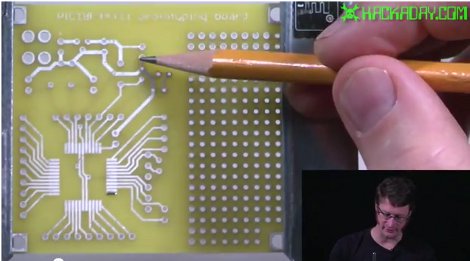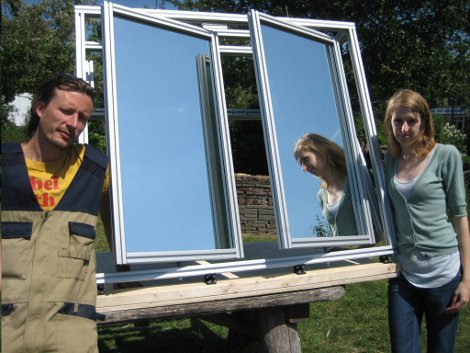

Sometimes sustainability is about making do with what you have. This is the wood burner that I use for my personal workshop. In my area, it is mandated by law that we have to clear brush on a yearly basis. I live on a pretty large lot so we have plenty of brush to be cleared every year. Add to that the occasional tree that falls down and all of the scraps from my shop and you have all the wood that you need to heat a shop like mine. With the exception of the work that I put into gathering firewood, my heat is free and is carbon neutral. This is somewhat of a double hack because as you have probably noticed, the wood burner is sitting outside of my workshop. My workshop is fairly large but I have it so packed full of tools that I just didn’t have room inside so I came up with this solution.
More details after the break.
Continue reading “Sustainability Hacks – External Wood Burner”
















